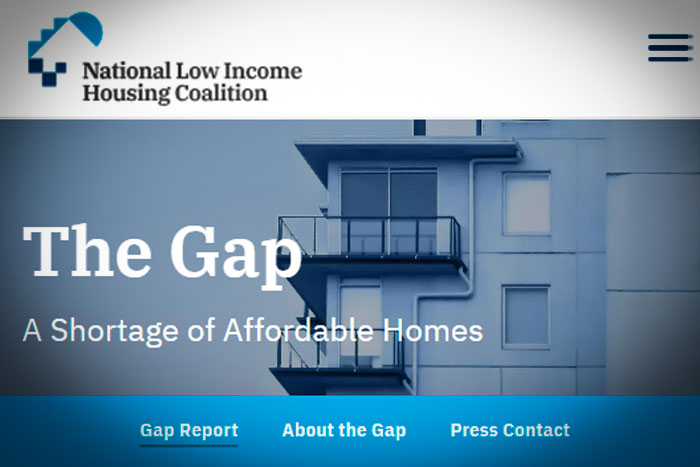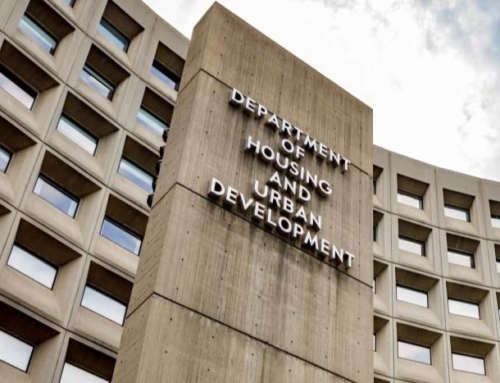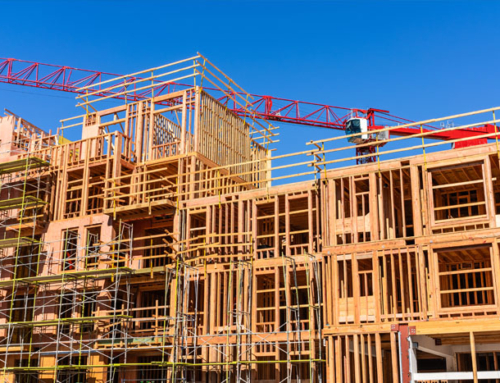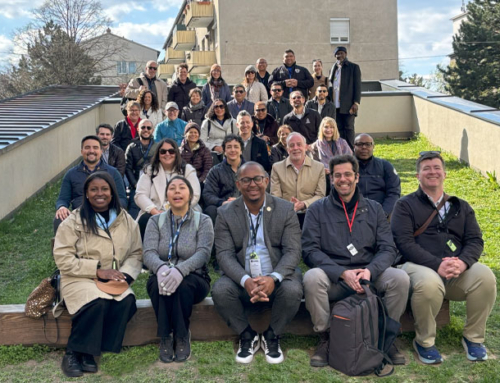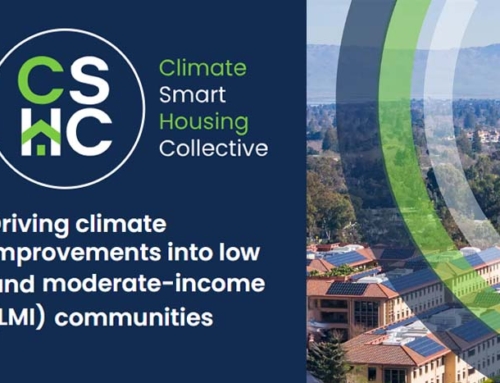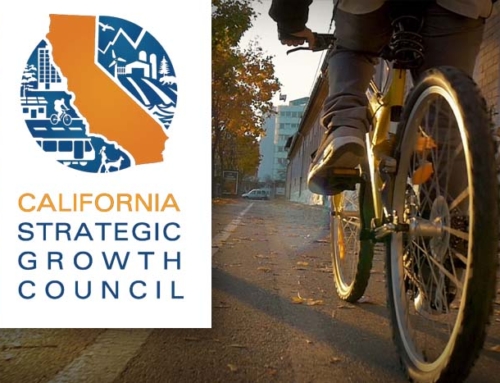The National Low Income Housing Coalition (NLIHC) released its annual affordable homes report, The Gap: A Shortage of Affordable Homes, in March, finding that extremely low-income (ELI) renters nationally and in California face a substantial shortage of affordable housing. NLIHC used American Community Survey (ACS) data to estimate how many affordable rental homes were available to various income groups and compared that to the number of households within that particular group. NLIHC used the standard definition of affordability: homes with rents that do not exceed 30% of a given income threshold.
Key takeaways include:
- Employment improved significantly since mid-2020 and has returned to pre-pandemic levels. The national unemployment rate fell from 10.2% in July 2020 to 3.7% in December 2023.
- Workers at the bottom of the wage distribution are benefiting from strong wage growth. Between 2019 and 2022, wages for workers in the bottom 10th percentile of wages increased by the highest of any income group.
- Rents remain a challenge. Despite rents more recently having stabilized and declined slightly, they remain considerably higher than they were before the pandemic. The national median rent for January 2024 was $1,373, up 20% from January 2021.
- Evictions and homelessness levels have increased. Eviction filing rates have reached or surpassed pre-pandemic levels, while the number of individuals experiencing homelessness increased by 12% from 2022 to 2023.
- Extremely low-income (ELI) renters are primarily impacted by the shortage of affordable housing, more severely than before the pandemic. ELI renters — those households with incomes at 30% of the area median income (AMI) or below – account for a quarter (11M) of the nation’s 45.1M renter households, yet nationally, there are only 65 affordable and available homes per 100 ELI households. In California, only 24 affordable homes are available for every 100 ELI households, with a statewide deficit of nearly a million units for ELI households.
- California is experiencing an overall shortage of affordable homes for renters at or below 100% AMI. In addition to the statewide deficit of ELI households, for every 100 households in each income category, there are only 35 homes affordable to very low-income households (30-50% AMI), 68 homes affordable to low-income households (50-80% AMI), and 85 homes affordable to middle-income households (80-100% AMI).
These findings reiterate the need to continue supporting and enacting policies that address the need for affordable housing, particularly for ELI households, who are more likely to be seniors, have disabilities, or be Black, Latino, and/or Indigenous. Both long-term solutions and short-term assistance are critical for ensuring low-income renters can remain stably housed.
© LeSar Holdings/LeSar Development Consultants. All Rights Reserved. Please be advised that any republishing of copyrighted material provided by our organization, in whole or in part, requires prior written authorization. For permission, please reach out to [email protected]. We appreciate your understanding and compliance in upholding copyright laws.

